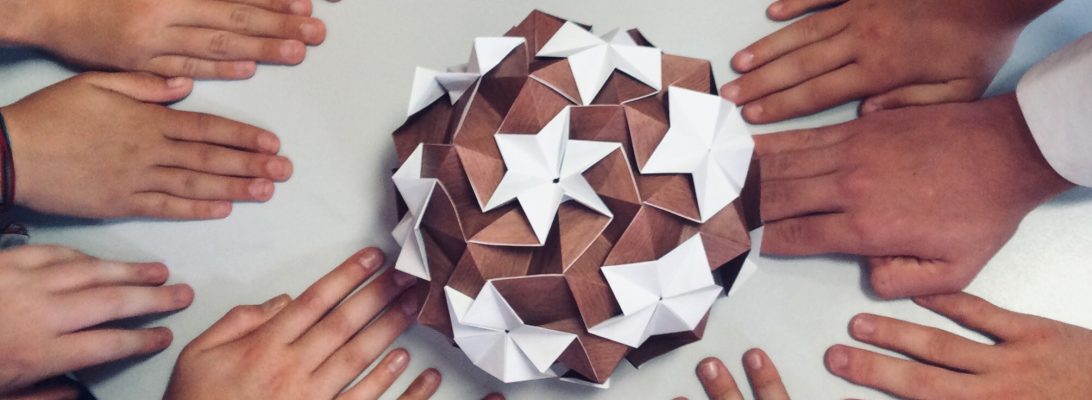Long before there were “fidget spinners”, Pokemon and “Pogs” there was a craze that swept me away when it first hit the market. A Hungarian designer called Erno Rubic devised a cube, subdivided up into 3x3x3 cubies that all slid on each other in layers:
I instantly had to have one (well, in truth I had 9, including a triangular, circular and 4x4x4 one that I still have).
The mathematician in me needed to solve it, and I came up with algorithms to move, rotate and flip cubies from one place to another, thereby allowing me to solve the scrambled cube.
This was BEFORE the internet, spoilers or anything. Nowadays there are solutions online, robot rigs that can do it and speed solve competitions based on kids who have memorised researched algorithms, but I like to think that I did it on my own.
Few things compare to the feeling of solving something as complex and time-consuming as this, I even developed my own “language” to describe algorithmic tricks.
This is folded and composed of a shedload of Max Hulme’s “Pixel” unit – a lovely little silver-rectangle unit that has a terrific locking mechanism. This model uses 54 of the little buggers, folded in 6 colours. I can see many other uses for this unit and am glad it’s geometry is so well defined.

